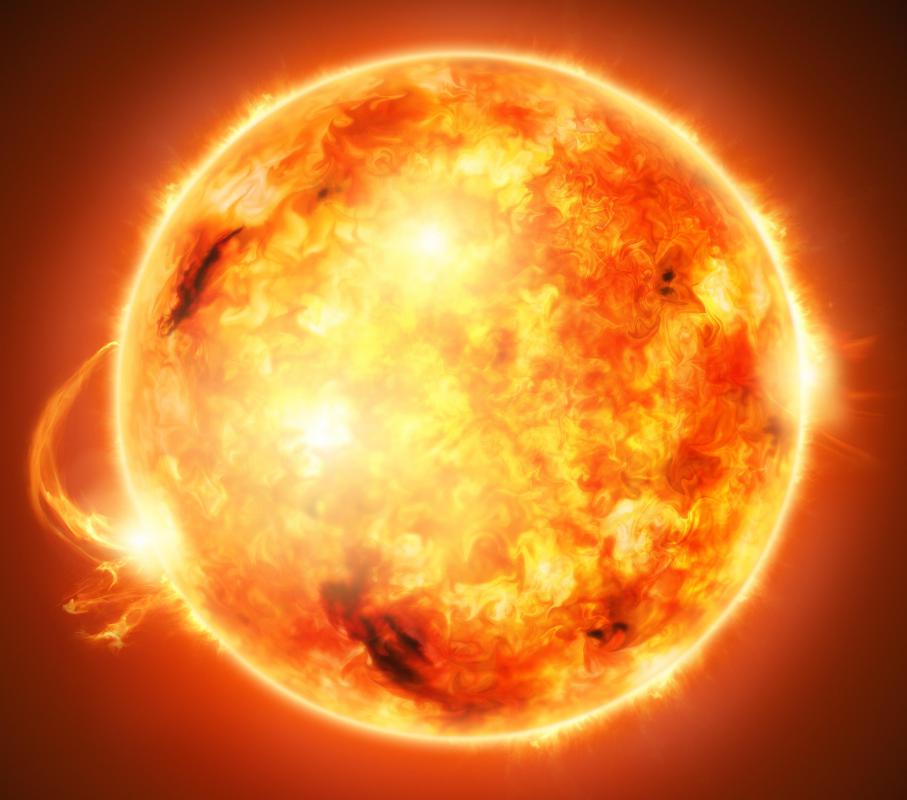At WiseGEEK, we're committed to delivering accurate, trustworthy information. Our expert-authored content is rigorously fact-checked and sourced from credible authorities. Discover how we uphold the highest standards in providing you with reliable knowledge.
What Is Atmospheric Radiation?
Atmospheric radiation is radiation that passes through the Earth's atmosphere and might circulate within it. Not all of the energy from the sun actually reaches the Earth's surface, and that which does might change in behavior by moving through the atmosphere. Researchers study atmospheric radiation to learn more about current and historic conditions, climate change and other topics. Numerous governments have research programs dedicated to this topic.
The sun emits energy in an array of bands across the spectrum, but only limited bands can penetrate all the way through the atmosphere. This is beneficial for life on Earth, because things such as X-rays and gamma rays can be very dangerous and would kill living organisms. Researchers who have an interest in atmospheric radiation look at what kinds of energy gets through and why. Their research can help scientists understand how Earth might have looked historically and what kinds of conditions contributed to changes in the nature of life on Earth.

As energy passes through the atmosphere, it might change in behavior and can interact with radiation and particulates from Earth. The eruption of a volcano, for instance, can change atmospheric radiation levels by thrusting a high volume of tiny particles into the atmosphere. Even when they are not visible to the naked eye in the form of a dark plume or smudge, they can block some forms of solar radiation. This might lead to situations such as temperature drops, because thermal radiation cannot pass through with the same degree of efficiency, so crops might fail because of the drop in available energy.

Researchers have a variety of tools they can use to measure atmospheric radiation and to watch energy from the sun as it passes through the atmosphere. This allows them to see how energy is blocked and to study differentials in energy levels. They can create maps of the Earth's surface with notes about varying radiation levels and why they occur. Holes in the ozone layer, for instance, allow more energy through and can pose a risk to living organisms located beneath each hole.

Understanding atmospheric radiation also is important for the study of visual phenomena, such as the behavior of light on Earth and even the color of the sky on a clear day. There are many areas of potential interest in this field, such as weather systems and the history of climate change. Researchers in this area usually hold graduate degrees, and some might pursue advanced postgraduate work.
AS FEATURED ON:
AS FEATURED ON:













Discuss this Article
Post your comments